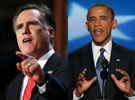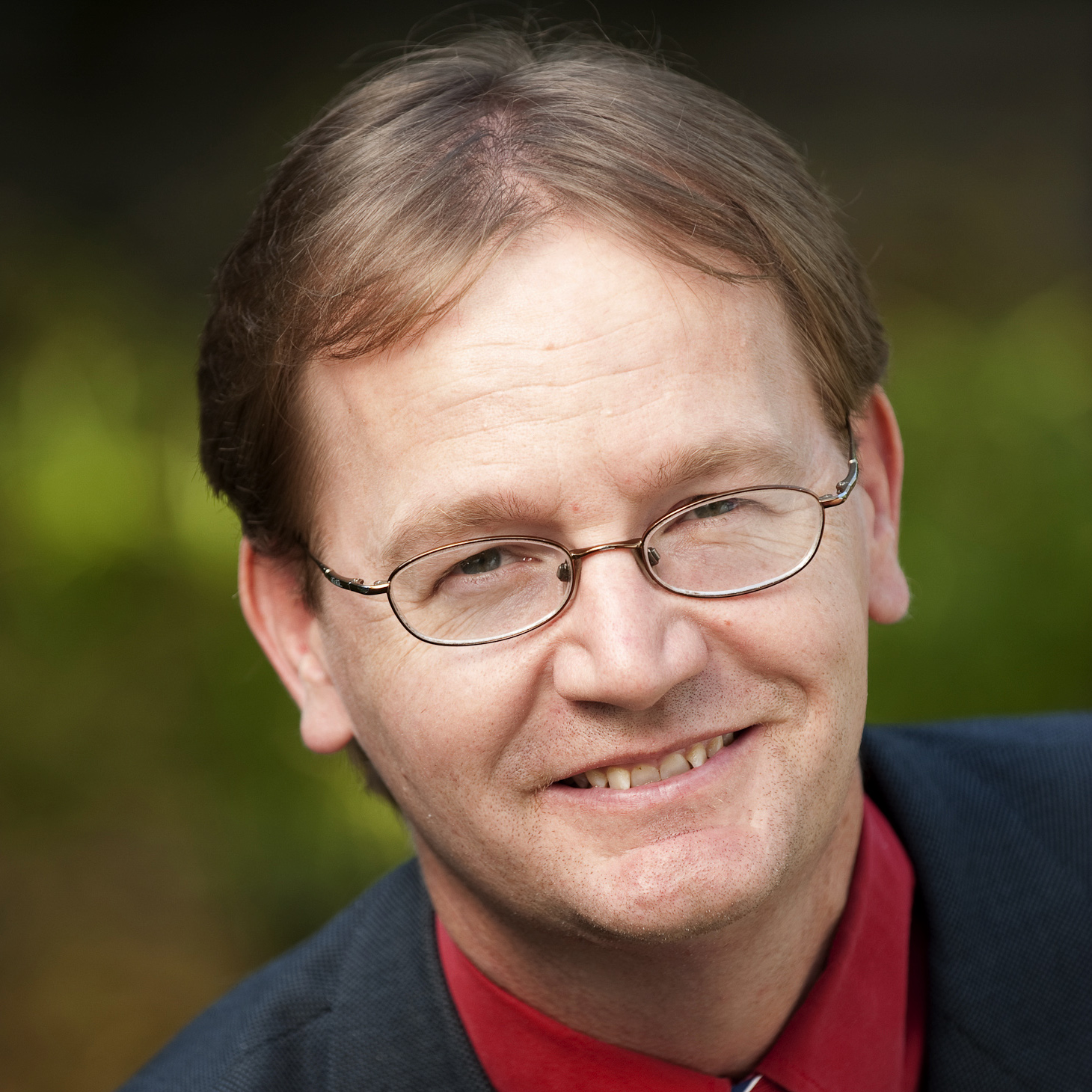The importance of the American Presidential debates
Join SMU in watching the first presidential debate, viewed by our experts as the most important.

Watch Party:
The SMU debate watch party begins at 7 p.m. Wednesday, October 3, in O’Donnell Auditorium (Room 2130) of the Owen Arts Center. It is free and open to the public.
By Ben Voth
SMU Communication Studies
On Wednesday evening, more than 20 million Americans will tune in for one of the most decisive aspects of American democracy-- the presidential debates. Since at least 1960, when Kennedy and Nixon debated, millions of prospective voters have tuned in to their television sets to gain a relatively unmediated sense of the political options for the presidency.
It is possible and even probable that 60 million or more Americans may watch the debate Wednesday night. The first debate is also of first importance among the four debate series. Typically, viewership of the debates falls by half for each debate during October.
 Ben Voth is chair of SMU's Communication Studies division in Meadows School of the Arts. An expert in debate and persuasion, he is director of debate and speech programs at SMU. He has coached more than a dozen national champions in collegiate speech events. |
By comparison, televised presidential debates tend to dwarf the political conventions that take place in August and September. Viewership of the conventions has been declining for some time and contracted considerably in 2012. This is not the case for the televised presidential debates.
The debates can make a huge difference for the two contestants. Since 1960, Gallup polling indicates noticeable persuasive effects. Only in 1984, did the October debates fail to produce a change in the polling of the two major candidates (Reagan and Mondale). Poll changes since 1960 range from 12 points for President Bush in 2000 to one point for President Bush Sr. in 1988.
The October 3 debate will constitute the most significant communication opportunity for both President Obama and candidate Romney. Very few communication outlets offer a comparable audience.
As a matter of comparison, the Saturday Night Live skit about the debates on Saturday will likely attract about 3 million viewers. Saturday Night Live attracted its largest number of viewers in October of 2008 when Sarah Palin joined Tina Fey on the show. That show attracted 17 million viewers which is exponentially larger than the average viewership of the NBC comedy show.
SMU Communication Studies professors Rita Kirk and Dan Schill will provide communication support to CNN’s coverage of the debates. As specialists in dial testing, SMU professors provide unique insight into how audiences react immediately to the debates.
On campus, Dallas area residents and SMU students are invited for all four of the debates to participate in live viewing and debating about the election. The first event on October 3 will take place in the O Donnell auditorium of the Owens Arts Center at SMU beginning at 7 p.m. The viewing of the live debate will begin at 8 p.m.
The event is hosted by the SMU debate program directed by professors Ben Voth and Chris Salinas. The event is free and open to the public.
The times and locations of the other watch parties are:
- Oct. 11 at 7 p.m. in O’Donnell Auditorium (Room 2130) of Owen Arts Center, 6101 Bishop Blvd. this debate is between Biden and Ryan.
- Oct. 16 at 7 p.m. in Room 241 in Umphrey Lee Center, 3300 Dyer Street. This debate is between Obama and Romney.
- Oct. 22 at 7 p.m. in Room 241 in Umphrey Lee Center, 3300 Dyer Street. This debate is between Obama and Romney.
All events are free and open to the public. After viewing the debate broadcasts, community members will have an opportunity to participate in a public debate about the event. The SMU debate program will moderate the event and provide a balloting opportunity for those in attendance.
In addition, SMU has assembled a team of experts to talk to the news media about the debates and the campaigns.
# # #